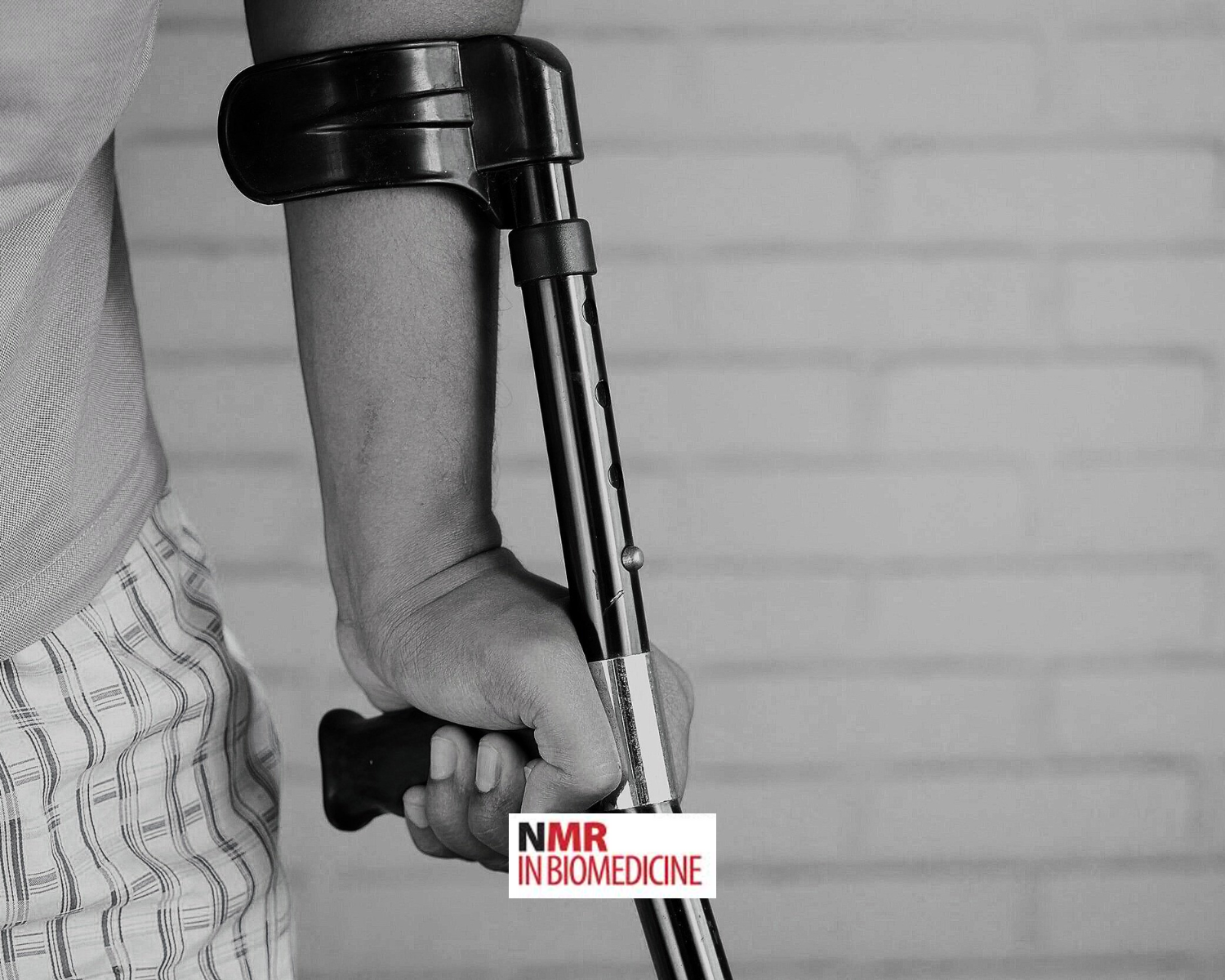Can muscle fat levels predict future hip problems?
Published October 2021 in Europe PMC
This study focused on the hip abductor muscles, which despite being key to people’s daily activity had not been analysed to this level of detail before. By looking at a range of different measures, we’ve been able to set benchmarks for exactly how much fat to expect in the gluteal muscles of healthy individuals, and the critical levels that could indicate future problems such as hip disease or sarcopenia.
Healthy hip abductor muscles are a good indicator of a healthy hip and an active lifestyle as they are fundamental to human daily activities, such as standing, walking and running. Fatty infiltration and muscle wasting (atrophy) are associated with loss of strength and mobility, making volume and fat content important markers for muscle health. These can be measured using magnetic resonance imaging (MRI), and new automated methods for segmenting and labelling the hip muscles from MR images speeds up the process, enabling analysis at scale.
With this study we looked at the main abductor muscles for 51 healthy individuals, of which eight were non-runners, 27 were in the first weeks of training for their first marathon and 16 were experienced runners that had run at least three marathons or ultra-marathons in the past.
In short…
The study
We characterised the main abductor muscles in 51 healthy individuals using MRI.
8 participants were non-runners, 27 were in the first weeks of training for their first marathon and 16 were experienced runners that had run at least three marathons or ultra-marathons in the past.
We focused on three muscles - the Gluteus Medius, Gluteus Minimus and Tensor Fasciae Latae - which are essential in stabilising and control the pelvis in walking, We also included the Gluteus Maximus.
We analysed the effects of sex and age together with muscle shape and fat content.
What we found
Fat infiltration was significantly higher for females for the four muscles, but there were no significant differences linked with age.
When comparing individual muscles, we observed a significantly higher fat level in the Gluteus Maximus than in the other muscles.
What it means
Our research suggests that volume and fat levels of the hip abductor muscles, tailored to males and females, are tools that could potentially help to quantify and detect early the deteriorating effects of hip disease or sarcopenia.
This study sets potential base levels as a reference for healthy abductors in clinical research, to develop new tools for assessing this muscle group.




